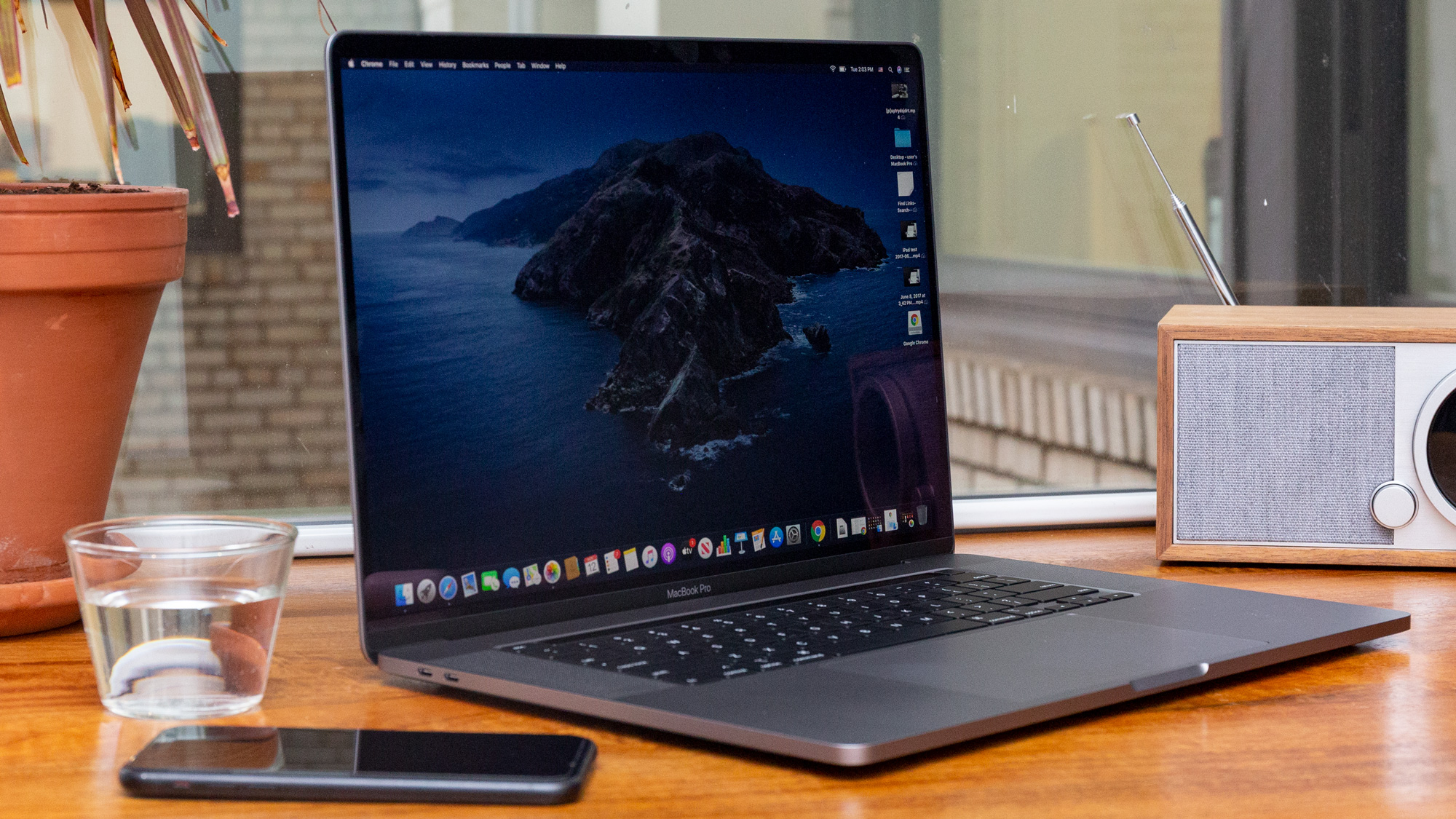
A pop-over will appear on your video, name your video and hit "Save". If you are satisfied with the outcome and would like to save the recording, Go to File > Save. Your recording will pop up on your screen for you to review. When you are ready to finish recording, in the top menu bar, click on the Stop Icon. Connect a USB microphone to a USB port on your computer. Connect the microphone to your computer’s audio input port (if it has one), then choose Built-in Input as the track’s input source.

If you want only a part of your screen recorded, click and drag over the section you want and click "Start Recording". If you’re using your computer’s built-in microphone, choose Built-in Microphone as the input source in GarageBand > Preferences > Audio > Devices.

A popup will appear in the center of your screen.Ĭlick anywhere on the screen if you want your Entire Screen Recorded. When you are ready, click the record button.

On Right: When unchecked, the cursor is not emphasized. On left: When checked, the cursor is emphasized on click with black circle. Options: Choose "Show Mouse Clicks in Recording" if you would like your mouse clicks emphasized. You can also loan microphones through the DSC, view what types of microphones we have here. You must have an internal or external microphone for recording. Microphone Options: If you prefer to have your voice recorded, choose the microphone you prefer. With QuickTime Player open, go to File > New Screen Recording.īefore you click the record button, Click the down arrow next to the button to ensure you are set up properly.
HOW TO RECORD A VIDEO ON MAC BOOK PRO PRO
15-, and 17-inch MacBook Pro models released in mid-2010 or later.
HOW TO RECORD A VIDEO ON MAC BOOK PRO HOW TO
In addition to playing videos, QuickTime Player also doubles as a screen recorder! We will show you how to start screen recording in this tutorial. Elgato Game Capture HD will accept the video input from a Mac thats attached to it. Click the “Done” button to import the lecture into iMovie, where you can now manipulate it as you would any other imported video.QuickTime Player is one out of many popular video players. Click the “Capture” button again to start recording.Ĭlick the “Stop” button to stop recording. Enter a name for your captured video in the Create New Event field. Press the “Capture” button to launch the Save To dialog box. Situate your MacBook Pro near the lecturer and tilt your screen forward or backward until the lecturer is framed within the video capture window. For Apple fans, FaceTime is the most obvious answer when it comes to using an app for either voice or video calls. To use an external camera hooked up to your computer, click its name on the “Camera” pull-down menu in the bottom left corner of the Import From window. Click "Save" to save your recording.Ĭlick “File” and “New Project” in iMovie to create a new project.Įnter a name for your project in the “Project Name” field.Ĭlick an aspect ratio from the “Aspect Ratio” pull-down menu.Ĭlick the “Create” button to create your project.Ĭlick the “Open Camera Import Window” button to launch the Import From popup box, which captures video from your MacBook Pro’s built-in camera. When the lecture is over, press the spacebar to stop recording. If it does, click “Metronome” to remove the checkmark.Ĭlick the red circular “Record” button at the bottom of the GarageBand workspace to record your lecture. If the track volume meter moves from green to red, reduce the level on the Recording Level slider.Ĭlick “Control” on the main GarageBand menu and make sure that the Metronome menu item does not have a checkmark next to it. Place your MacBook Pro as close to the lecturer as possible to record a clearer signal.Ĭlick and drag the “Recording Level” slider until you achieve an adequate level that is easy to make out but does not distort the signal.
/001-how-to-turn-on-camera-on-mac-4175436-aa457a2fc6a54d9bbdee9421ac5424c8.jpg)
To use your MacBook Pro’s built-in microphone, select “Mono 1 (Built-in Input).” To use an external microphone that you’ve attached to your MacBook Pro, click its name on the "Input Source" pull-down menu.Ĭlick “Off” on the "Monitor" pull-down menu to turn audio monitoring off, unless you plan to attach a pair of headphones to your MacBook Pro. Select your microphone using the “Input Source” pull-down menu at the bottom of the Real Instrument panel on the right of your screen. Click “Voice,” then click the “Choose” button to set up a new track.Įnter a name for your new project in the “Save As” field, and then click the “Create” button.


 0 kommentar(er)
0 kommentar(er)
